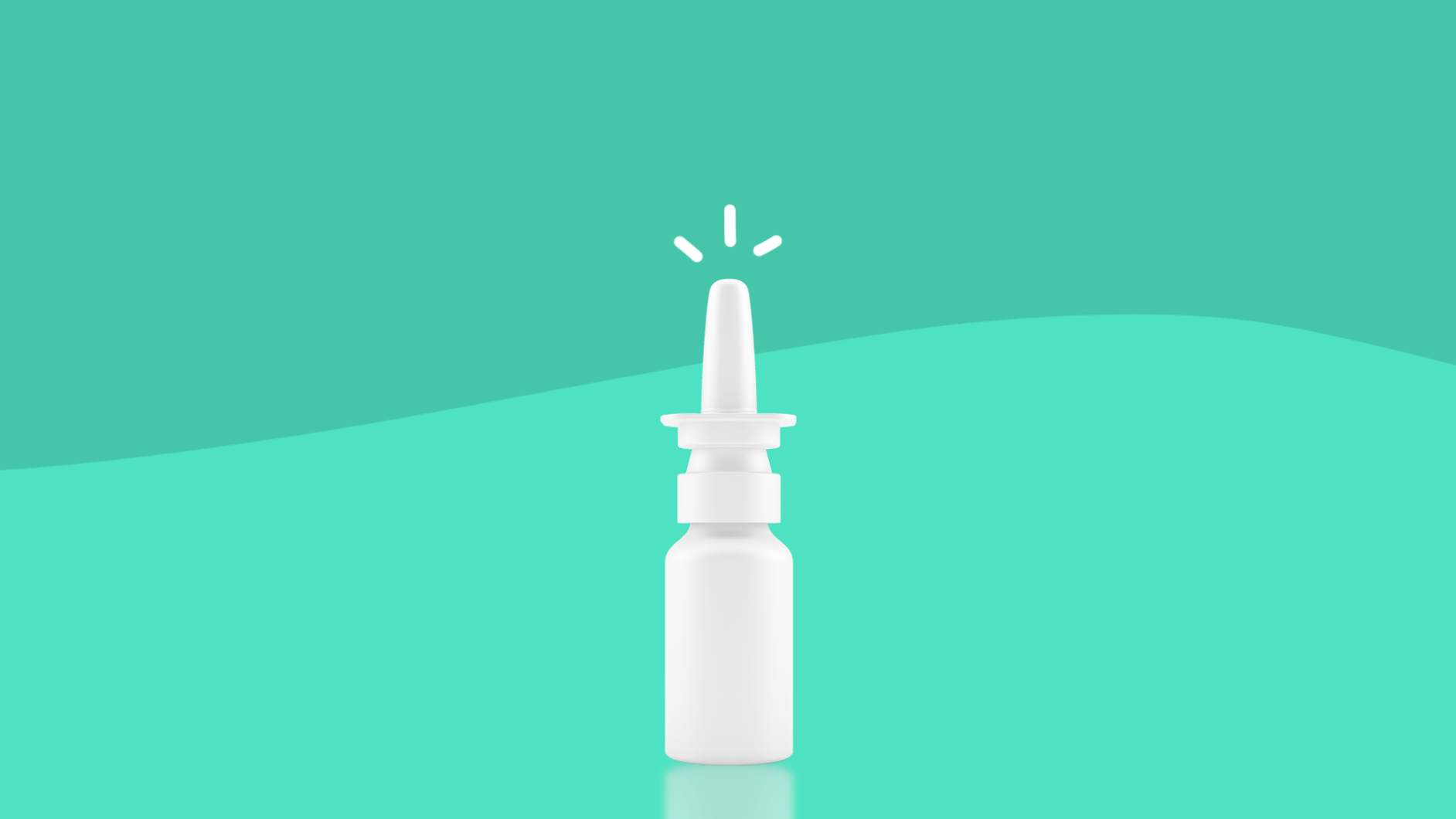Key takeaways
An average of 130 Americans die daily from opioid overdoses, making naloxone, a drug that can reverse overdoses in seconds, essential for saving lives.
Naloxone is available in four formulations: injectable, auto-injector, nasal atomizer, and Narcan nasal spray, each with its pros and cons.
Injectable naloxone is the most traditional form, often seen as the most effective but not the best choice for those afraid of needles and not widely available in pharmacies.
Narcan nasal spray, approved by the FDA in 2015, is the easiest to use and most discreet option.
It’s a startling statistic: Each day, an average of 130 Americans die from an opioid overdose, according to the Centers for Disease Control and Prevention (CDC). To put that into perspective, you’re now more likely to die from an opioid overdose than from a car crash.
What exactly are opioids? Opioids are a class of drugs that include both illegal substances such as heroin and prescription drugs like fentanyl and oxycodone. Misuse of these drugs has been on the rise since the late 1990s, with the U.S. Department of Health and Human Services recently declaring the opioid epidemic a “public health emergency.”
One way in which medical professionals, community organizers, laypeople, and friends and family members of drug users are helping to combat these unnecessary deaths is by carrying and knowing how to administer naloxone. Often referred to as the “Lazarus drug,” naloxone reverses the effects of an overdose in as little as 30 seconds.
How does naloxone work?
“What it does is it goes into the brain and into the rest of the body and anywhere where there’s an opioid sitting on an opioid receptor, it bumps it off of the receptor,” explains Ginny Lovitt, executive director of The Chris Atwood Foundation and certified master revive trainer. “The number one cause of death in an opioid overdose is hypoxia, which is lack of oxygen. The most important thing that naloxone does is it restores normal breathing.” The key, of course, is that someone nearby is carrying the drug.
“How many people have a fire extinguisher in their home? Fires kill seven Americans every day. Drug overdose is now killing upwards of 150 people every day. If we have fire extinguishers why wouldn’t we have naloxone?” says Lovitt.
The good news is that naloxone is readily available—you can get it at a pharmacy without a prescription in most states thanks to a standing order (in much the same way as the flu vaccine, for instance), and it is covered by most insurance plans.
However, with four formulations of the drug available, it can be tricky to figure out which one will best fit your needs. Here’s how to administer naloxone and what you need to know about each of its four forms:
Injectable naloxone
Comprised of a needle, syringe, and a vial of the drug (typically 1mL or 10mL, for one and 10 doses, respectively), injectable naloxone is what Lovitt calls the “tried-and-true method” as its been around for decades and is the one used in medical settings.
Pros: In her work as a revive trainer, Lovitt says she’s received numerous anecdotal reports that injectable naloxone brings people back more quickly and in a gentler manner. “We’ve heard from a lot of people that the intramuscular injection produces a bit less acute of a withdrawal,” she says.
Cons: For the needle-phobic, the injectable naloxone probably isn’t the best option. Another downside is it isn’t available at most pharmacies—you’ll have to get it through a community-based training program. (That said, injectable naloxone is given out for free by these organizations, so there shouldn’t be any out-of-pocket cost to you.)
Naloxone autoinjector
Another intramuscular injection method, the autoinjector (brand name Enzio) takes some of the guesswork out of administering the drug, as it comes pre-measured and pre-packaged in an easy-to-use device.
Pros: In addition to not having to fumble with a syringe during an emergency situation, the autoinjector comes equipped with audible instructions that walk you through each step. “It’s really, really user-friendly,” says Lovitt.
Cons: Without insurance, the autoinjector has quite a hefty price tag: around $4,000 for a two-dose pack. However, manufacturer Kleo announced, in December 2018, that it would authorize a generic version to be sold at a much more reasonable cost of $178 per kit. And while research has shown that Enzio can be used one year past its labeled expiration date, Lovitt warns that the battery operating the autoinjector may not last as long past the expiration date.
Naloxone with nasal atomizer
Nasal naloxone is comprised of a prefilled syringe, atomizer, and vial. It’s largely fallen out of favor, however, with the introduction of the easier-to-use Narcan nasal spray (see below).
Pros: Though the syringe-and-vial system is similar to injectable naloxone, you won’t have to deal with any needles since that’s replaced here by a nasal atomizer that diffuses the drug into a spray.
Cons: With its many components, nasal naloxone has historically been a difficult drug to dispense, says Lovitt. “Unfortunately some of the pieces were sold separately, and so when you went to the pharmacy to get it you had to make sure that you were getting all three pieces,” she explains. “There were cases where people were getting the medication but they weren’t getting the nasal atomizer along with it.” As a result, a number of pharmacies have stopped carrying this formulation altogether.
Narcan nasal spray
In 2015, the FDA fast-tracked the approval of Narcan, the first nasal naloxone spray approved by the agency in its attempt to quash the growing opioid epidemic.
Pros: Narcan, with its pre-measured dose and pre-assembled packaging, is the easiest method to administer. “It’s pretty hard to screw up using that product,” says Lovitt. Along with the autoinjector, it’s also the most discreet formulation to carry in a purse or backpack.
Cons: Without insurance, Narcan is more expensive than its non-FDA-approved nasal naloxone counterpart (around $150 a dose compared to $50 a dose).




